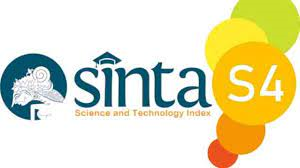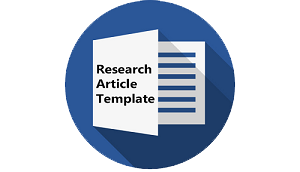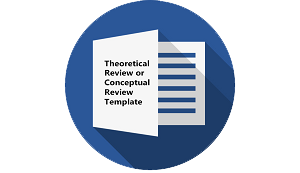USING JIGSAW MODEL TO IMPROVE READING COMPREHENSION OF THE NINTH GRADERS OF SMPN 1 KARANGPLOSO
DOI:
https://doi.org/10.30957/ijoltl.v3i1.404Keywords:
cooperative learning, jigsaw model, reading comprehension.Abstract
This study is aimed at improving reading comprehension using jigsaw model of cooperative learning in reading classes. This study used classroom action research as the design. The subject of the study is the nineth graders of SMPN 1 Karangploso Malang. The number of 30 students was assigned as the subject of this study. The subject had low comprehension in reading English texts. The study revealed that the jigsaw model of cooperative learning in teaching reading is effective to increase reading comprehension. Records of the comprehension showed the increase on the first, second, and third test. The average score before jigsaw was given was 6,08. All students took active participation in the last cycle.Â
Â
Downloads
Download data is not yet available.
Downloads
Published
2018-01-01
How to Cite
Yuhananik, Y. (2018). USING JIGSAW MODEL TO IMPROVE READING COMPREHENSION OF THE NINTH GRADERS OF SMPN 1 KARANGPLOSO. IJOLTL (Indonesian Journal of Language Teaching and Linguistics), 3(1), 51–64. https://doi.org/10.30957/ijoltl.v3i1.404
Issue
Section
Articles
License
Authors who publish with this journal agree to the following terms:
- Authors retain copyright and grant the journal right of first publication with the work simultaneously licensed under a Creative Commons Attribution-ShareAlike 4.0 International License that allows others to share the work with an acknowledgement of the work's authorship and initial publication in this journal.
- Authors are able to enter into separate, additional contractual arrangements for the non-exclusive distribution of the journal's published version of the work (e.g., post it to an institutional repository or publish it in a book), with an acknowledgement of its initial publication in this journal.
- Authors are permitted and encouraged to post their work online (e.g., in institutional repositories or on their website) prior to and during the submission process, as it can lead to productive exchanges, as well as earlier and greater citation of published work (See The Effect of Open Access).












